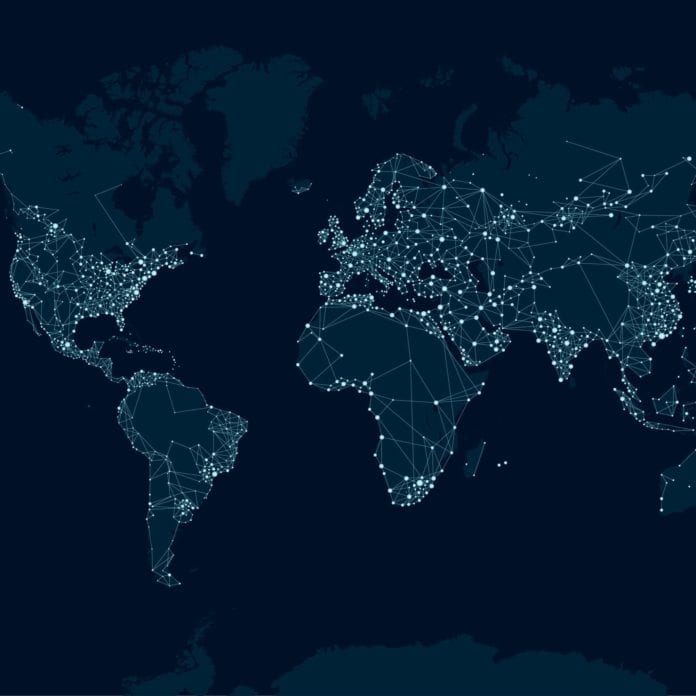A dozen networks have been launched that use LTE in unlicensed spectrum, GSA report says
The use of unlicensed or shared spectrum to deliver LTE services is developing steadily, according to a new GSA report.The GSA said that there are 12 launched networks around the world that leverage various approaches to using LTE in unlicensed spectrum, and a total of 40 operators investing in related technology.
“These trends illustrate the growing role that new approaches to spectrum access technology are taking within mobile operators strategic thinking,” said Joe Barrett, president of the GSA, in a statement.
The GSA said that the strategies to utilize unlicensed spectrum for LTE include the use of:
- License-Assisted Access (LAA)
- LTE-U
- LTE-WLAN aggregation (LWA)
- LTE and Wi-Fi radio level integration with IPsec tunnel (LWIP).
All of those are standardized LTE Release 13 technologies, with the exception of LTE-U, which the GSA categorized as a pre-Release 13-based approach. It was developed primarily with backing from Verizon and T-Mobile US and was the center of extended controversy over coexistence with Wi-Fi. Globally, eleven operators have said they are investing in LTE-U networks; the GSA noted that it has been explored through trials in countries including South Korea, South Africa and Saudi Arabia.
However, LAA is the most widespread strategy for leveraging LTE in unlicensed spectrum. It is being used to trial gigabit-speed services, the GSA said, and three dozen operators around the world are investing in LAA, with eight announced network deployments or launches in six countries.
Meanwhile, the U.S.’ three-tiered spectrum sharing of the Citizens Broadband Radio Service spectrum is also gaining momentum, with 16 companies identified as testing the technology in the GSA report. The two systems which support CBRS spectrum sharing are in the final stages of regulatory approval and could be operational within weeks, according to public remarks by Federal Communications Commissioner Michael O’Rielly at the recent CBRS Alliance annual meeting. (Although access to the spectrum will be available via the General Authorized Access level of sharing, the Priority Access Licenses for CBRS are not expected to reach auction until 2020.)
Device support for unlicensed and CBRS shared spectrum is growing, with 21 commercially available chipsets that support unlicensed access, and 133 end-user devices that either support LTE via unlicensed spectrum or CBRS spectrum sharing, from nearly 30 vendors. That figure includes regional variants of devices.

